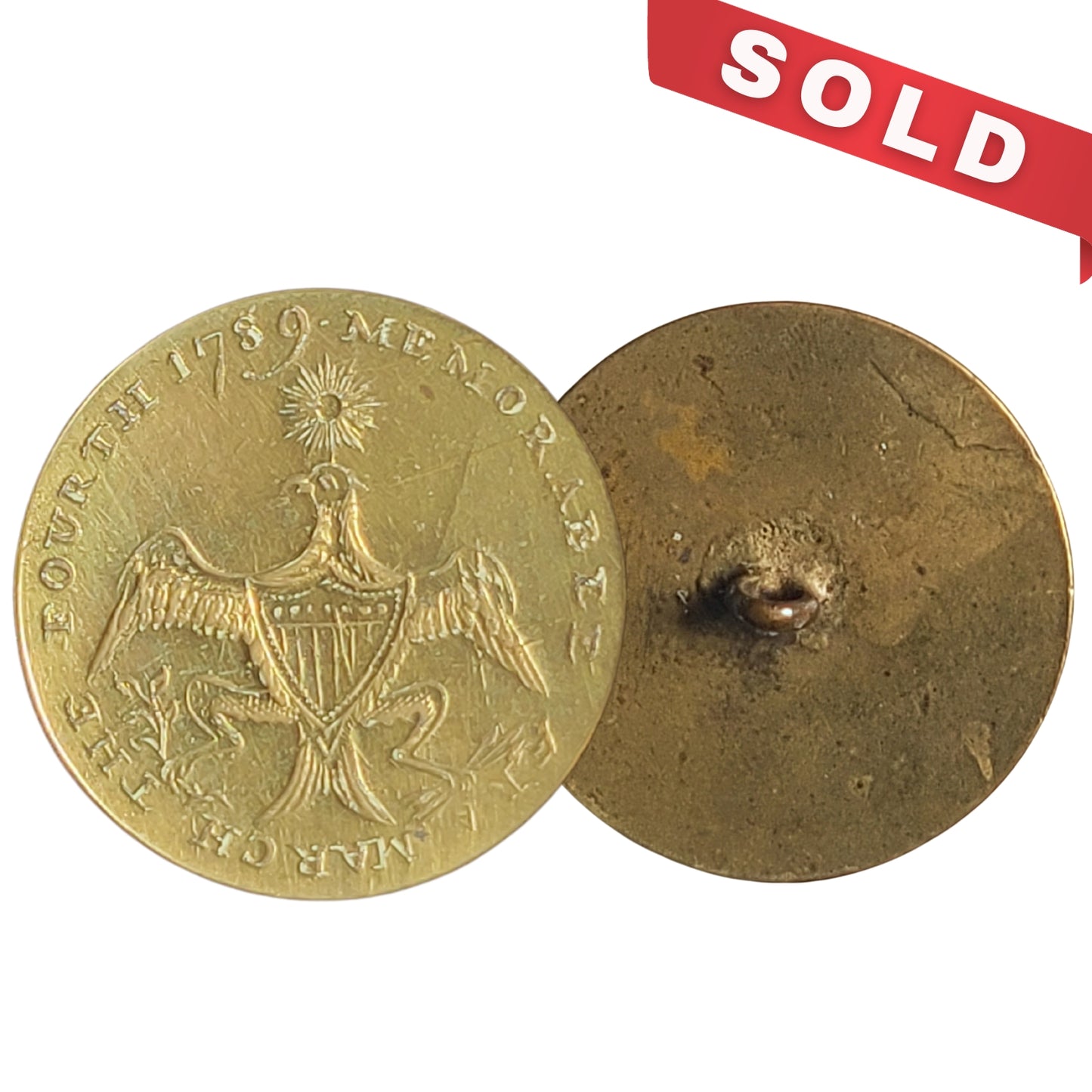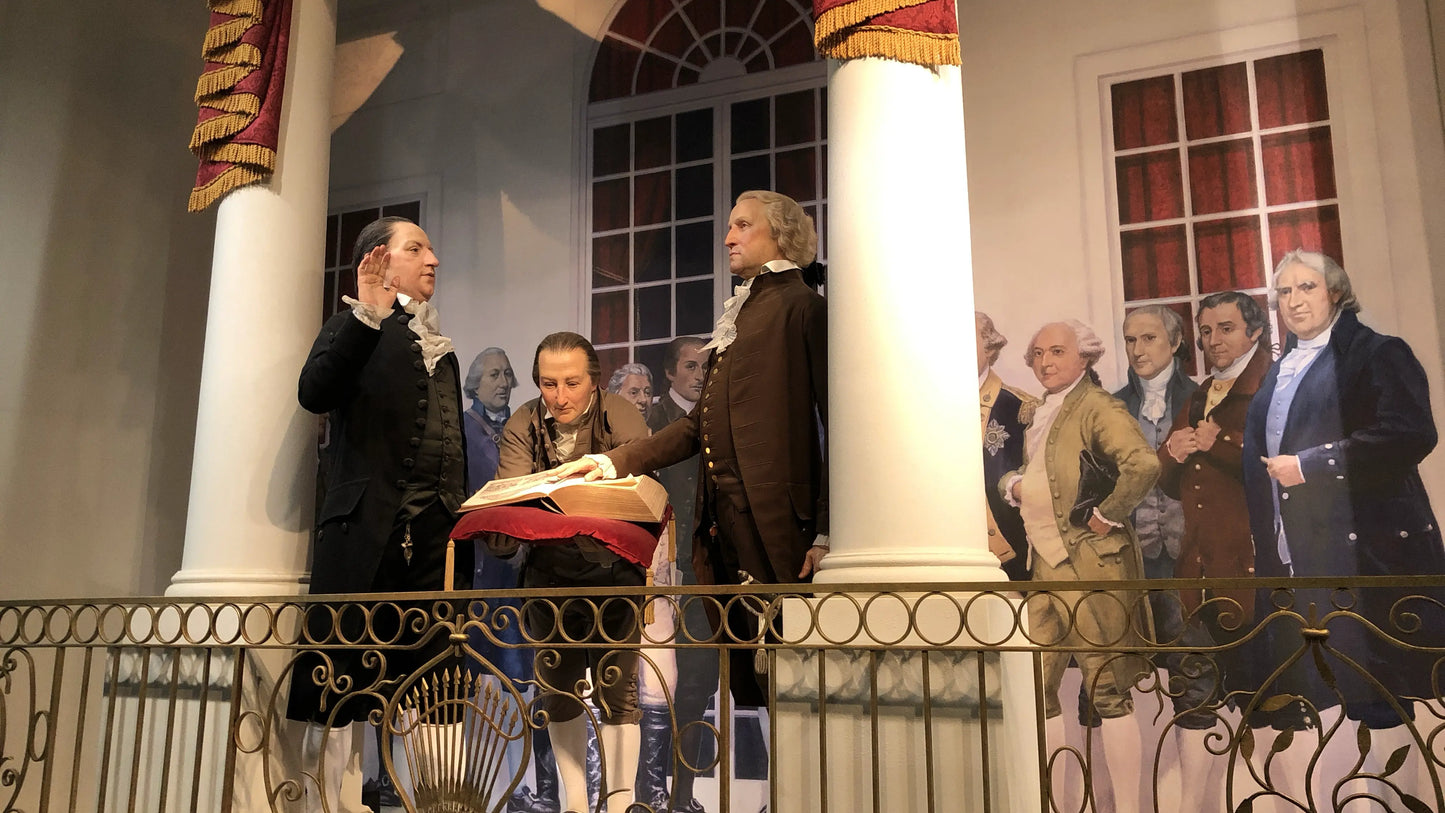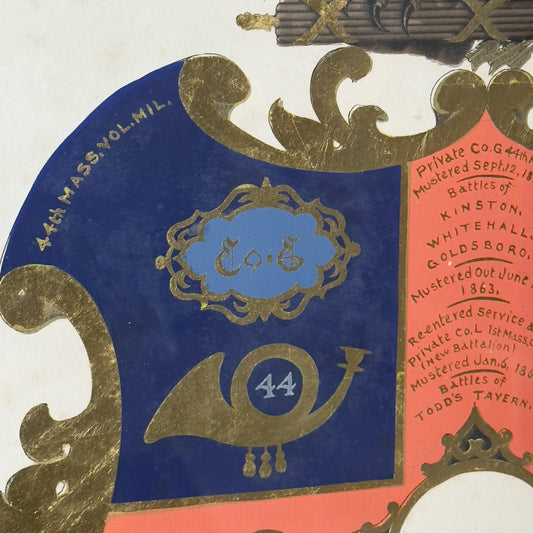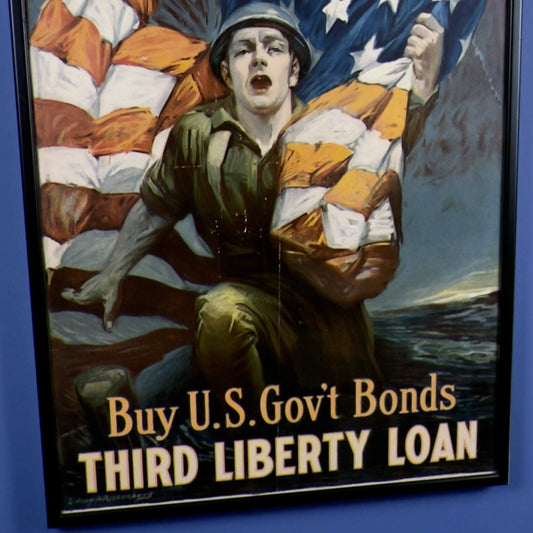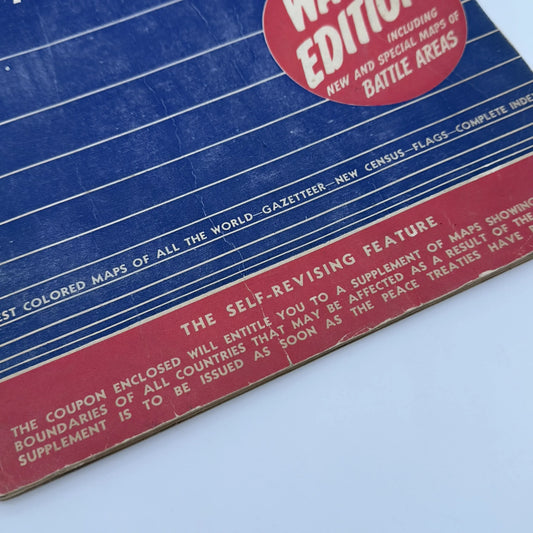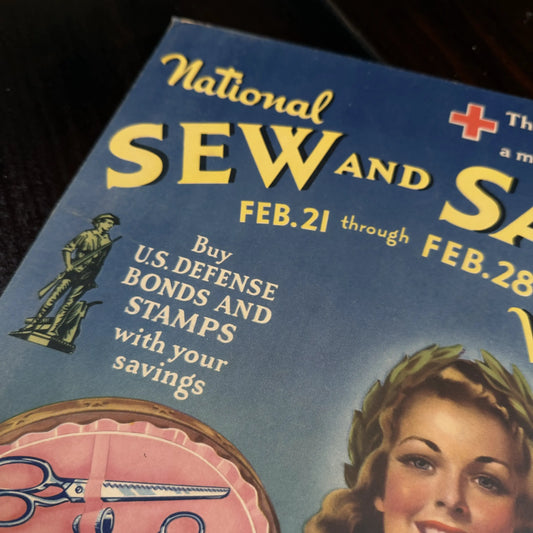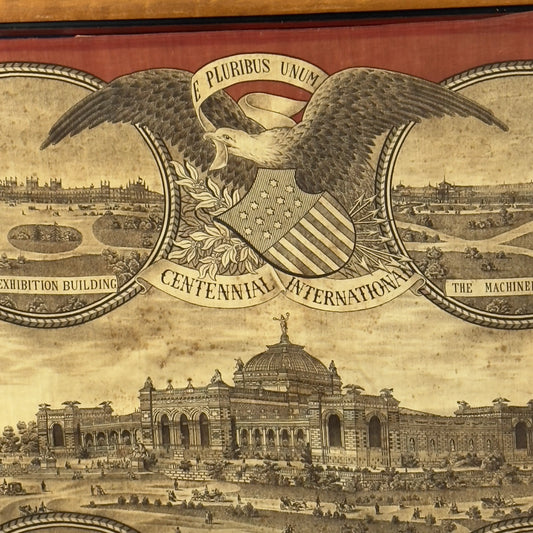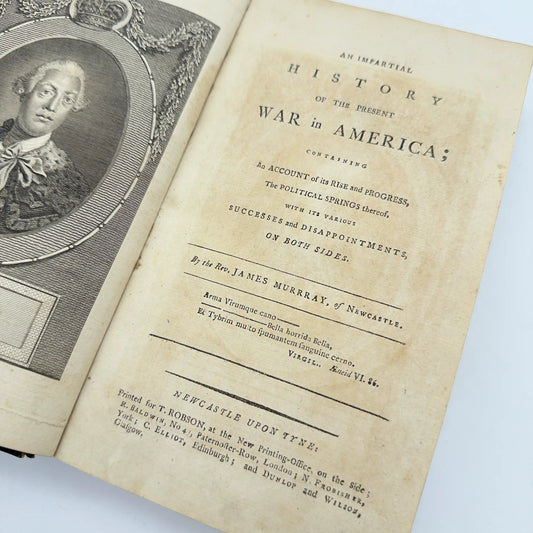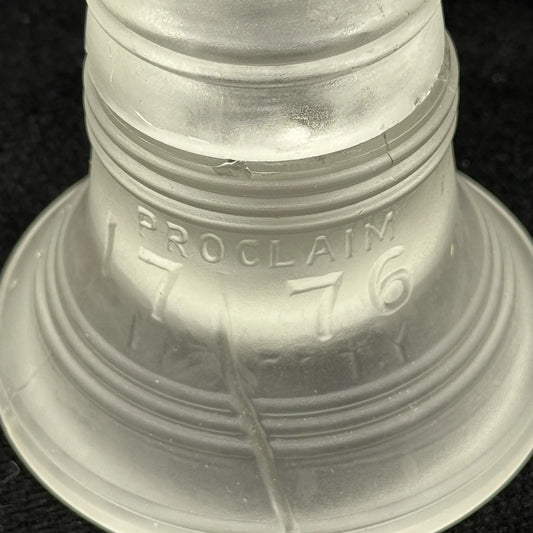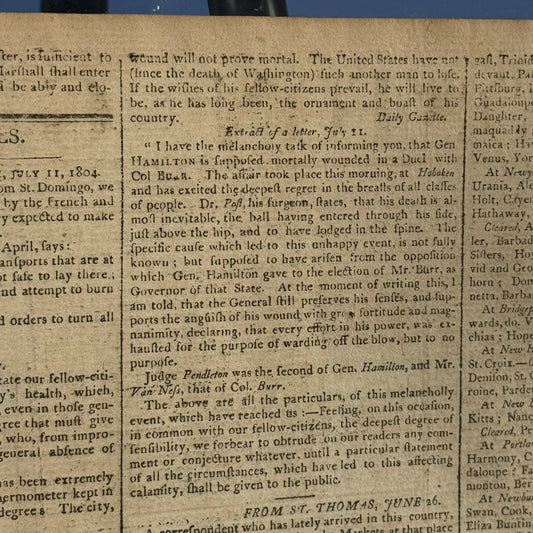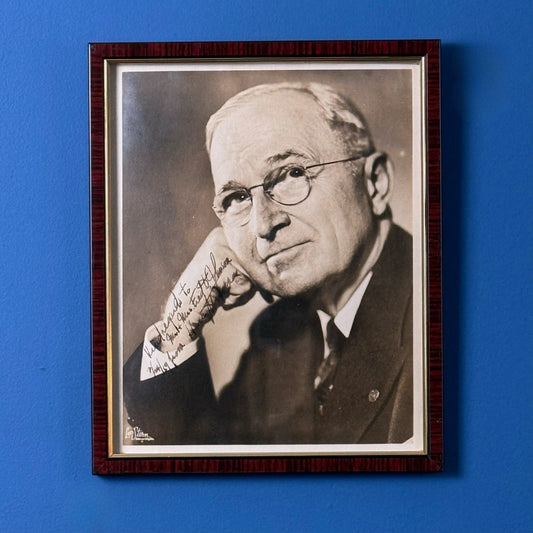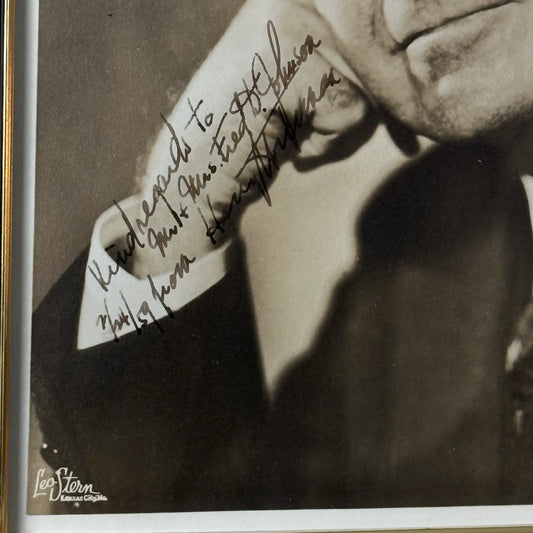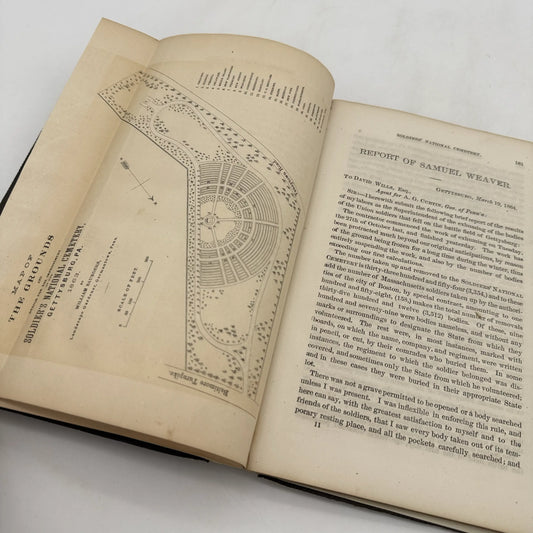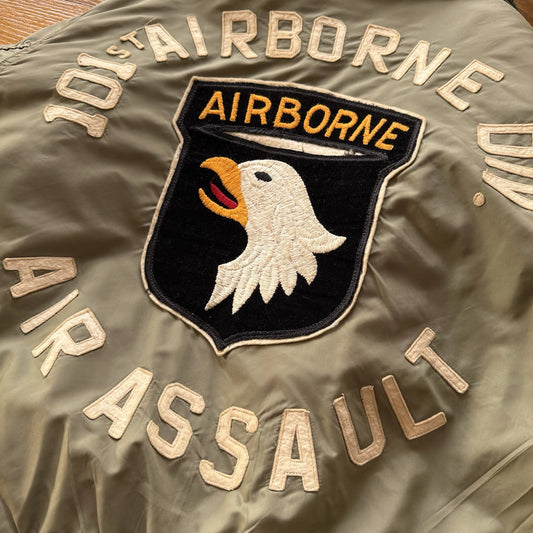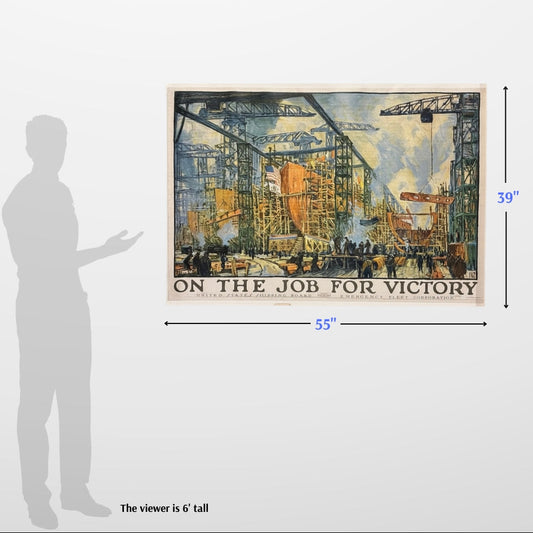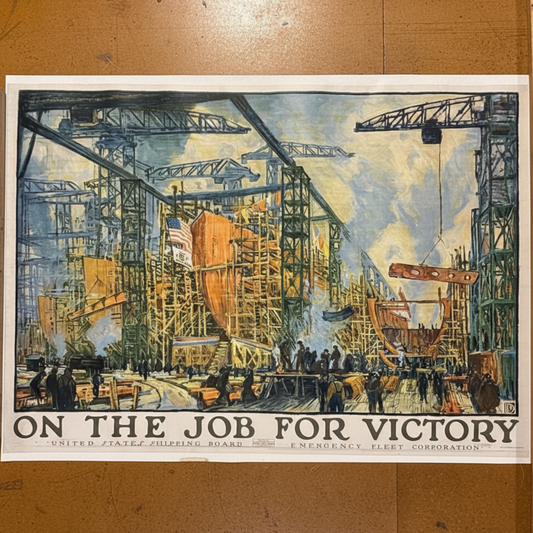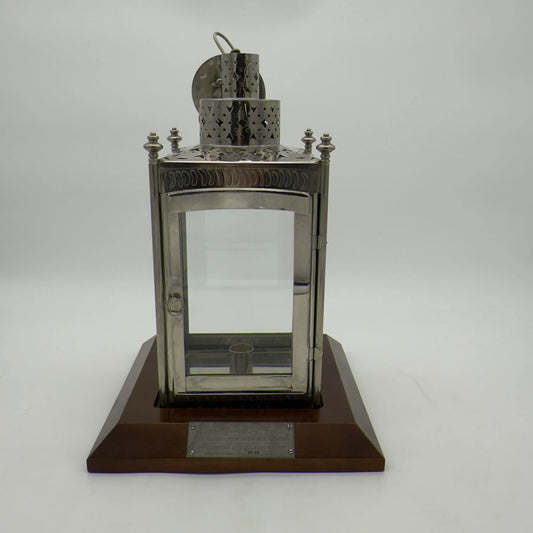George Washington 1789 First Inaugural Button—“Memorable Era / March the Fourth 1789”
George Washington 1789 First Inaugural Button—“Memorable Era / March the Fourth 1789”
Updated at 10:45 pm Eastern on January 11: This has been sold.
We're looking forward to sharing next week's Rare Find with you. Sign up for the weekly e-mail notification that goes out Thursday nights at 9 pm on our Rare Finds page.
— Lee Wright | Founder
Only one.
This splayed-eagle design brass coat button is dated March 4, 1789, the day appointed for the first meeting of the Federal Congress, though Washington’s inauguration was not until April 30. (See the photo below for the recreation of the inauguration that appears at Mount Vernon.)
Encircling the eagle, the words, "Memorable Era March the Fourth 1789”
If you've visited the Museum of the American Revolution or Mount Vernon you may have seen a button with this same design on display.
We are able to offer this through special arrangement with Seth Kaller, the nation's preeminent expert in acquiring, authenticating, and appraising American historic documents and artifacts. We look forward to continuing to work with Seth to make more items from our country's early history available to you here.
Size: 34 mm (~ 1 ⅓ inches)
Historical information on these and other inaugural buttons
- Mount Vernon’s article on some of the designs.
- There is extensive information on many of the designs, including who designed them and the symbolism, from a dedicated collector at GeorgeWashingtonInauguralButto
ns.com . - This 27-page paper updates a 1963 private printing of an exhaustive work by collector Harold Cobb.
Historical background on the inauguration
On the morning of April 30, 1789, crowds began to gather in front of the presidential mansion in New York City. According to the diary of Tobias Lear, Washington’s personal secretary:
Fisher Ames “sat entranced,” writing “It was a very touching scene, and quite of the solemn kind. His aspect grave, almost to sadness; his modesty, actually shaking; his voice deep, a little tremulous, and so low as to call for close attention.”
Following the address, the president and the members of the House and Senate walked about seven hundred yards to St. Paul’s Chapel to attend services conducted by the Rev. Dr. Samuel Provoost, bishop of the Episcopal church of New York and rector of Trinity Church. After prayers and the singing of a Te Deum, Washington retired to the presidential mansion. He apparently dined quietly at home; then as Lear noted in his diary,
“the President, Colonel Humphreys, and myself went in the beginning of the evening in the carriages to Chancellor Livingston’s and General Knox’s, where we had a full view of the fire-works.”
On his way to Livingston’s, Washington halted to admire the house of the French minister, the comte de Moustier,
"illuminated and decorated with several transparencies relative to the victories and virtues of General Washington. He seemed pleased with the one representing eleven bees emerging from their hives, headed by their queen, with this epigraph from Virgil: “Ille operum custos; illum admirantur et omnes / Circumstant fremitus denso.” (“He is the guardian of their toils; they all admire and stand around him in a noisy crowd.”)"
Don Diego de Gardoqui reported to the Spanish minister of State that he had decorated his house
"with two magnificent transparent gardens, adorned with statues, natural size, imitating marble…. There were also various flower-pots, different arches with foliage and columns of imitation marble, and on the sky of these gardens were placed thirteen stars, representing the United States of America—two of which stars showed opaque, to designate the two States which had not adopted the Constitution."
Washington and his party returned to the presidential residence about ten o’clock in the evening, traveling on foot because the crowds thronging the streets were too great to permit the passage of carriages.
Source: Seth Kaller
Made by America
Made by America
Almost all of the new products we offer are designed by us and made in America and most of our Rare Finds were made in America.
Our original designs are based on our nation’s history and our love of American history. Read more about other things we've created, including The History List, History Camp, and The Pursuit of History, in addition to The History List Store.
Every product that is made in America states that in the product description and includes the "Made in U.S.A." graphic.
